| |
|
|
Botanical Name |
: |
Salix alba Linn |
English
Name |
: |
White Willow, European willow |
Family |
: |
Salicaceae |
| |
General Info
| Description |
 |
|
A large tree with olive-green, yellow, or purple branches. Leaves narrowly lanceolate, ash-grey, silky; flowers in male and female catkins; capsule ovoid-conic; seeds small, ovoid, yellow, keeled. |
| Herb Effects |
 |
|
Anodyne, anti-inflammatory, antiperiodic, antiseptic, astringent, diaphoretic, diuretic, febrifuge, hypnotic, sedative and tonic (bark) |
Chemistry
| Active Ingredients |
 |
|
Apigenin, ascorbic acid, beta-carotene, isoquercitrin, niacin, quercetin, riboflavin, rutin, salicin, tannin, thiamin (bark); catechin, p-coumaric acid, salicyclic acid (plant); cyanidin (leaf) |
| Chemistry
of Active Ingredients |
 |
|
|
 |
Name |
CAS# |
IUPAC Name |
Formula |
Structure |
 |
|
| Salicin |
30370-90-2 |
(2R,3R,4S,5R,6S)-2-(
hydroxymethyl)-6-[2-
(hydroxymethyl)pheno
xy]oxane-3
,4,5-tri
ol |
C13H18O7 |

|
| Apigenin |
520-36-5 |
4,5-dihydroxy-2-(4-h
ydroxyphenyl)-chrome
n-7-one |
C15H10O5 |
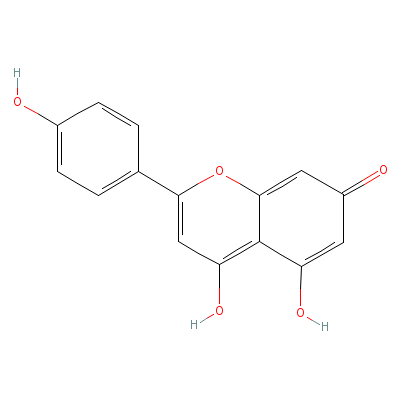
|
| Ascorbic Acid |
Not Available |
2-(1,2-dihydroxyethy
l)-4,5-dihydroxy-fur
an-3-one |
C6H8O6 |

|
| beta-Carotene |
Not Available |
3,7,12,16-tetramethy
l-1,18-bis(2,6,6-tri
methyl-1-cyclohexeny
l)-octadec
a-1,3,5,
7,9,11,13,15,17-nona
ene |
C40H56 |

|
| Isoquercitrin |
21637-25-2 |
3-[5-(1,2-dihydroxye
thyl)-3,4-dihydroxy-
oxolan-2-yl]oxy-2-(3
,4-dihydro
xyphenyl
)-4,5-dihydroxy-chro
men-7-one |
C21H20O12 |

|
| Niacin |
99148-57-9 |
Pyridine-3-carboxyli
c acid |
C6H5NO2 |
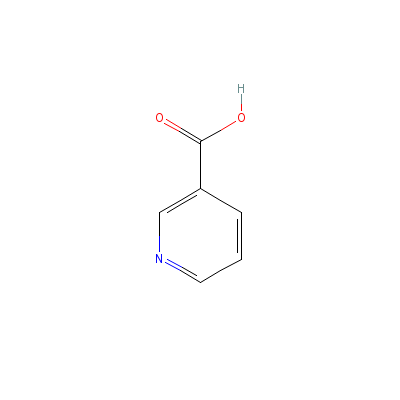
|
| Quercetin |
Not Available |
2-(3,4-dihydroxyphen
yl)-3,4,5-trihydroxy
-chromen-7-one |
C15H10O7 |
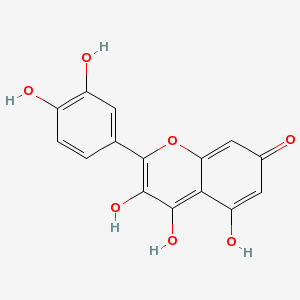
|
| Riboflavin |
Not Available |
Not Available |
C17H21N4O9P |
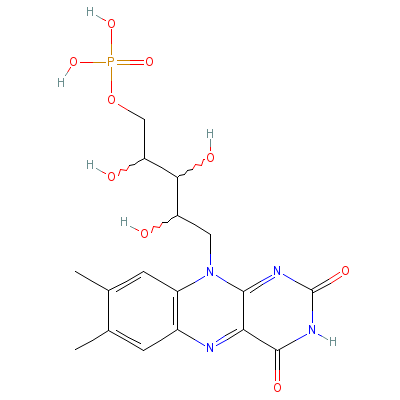
|
| Rutin |
Not Available |
2-(3,4-dihydroxyphen
yl)-4,5-dihydroxy-3-
[3,4,5-trihydroxy-6-
[(3,4,5-tr
ihydroxy
-6-methyl-tetrahydro
pyran-2-yl)oxymethyl
]tetrahydropyran-2-y
l]
oxy-chromen-7-on
e trihydrate |
C27H36O19 |
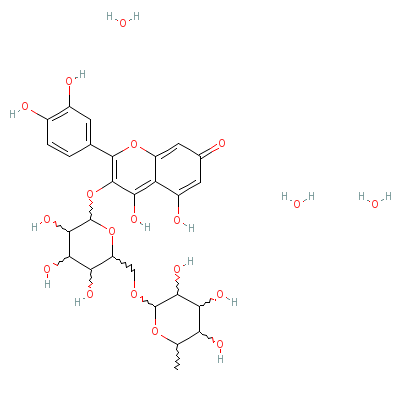
|
| Salicin |
30370-90-2 |
(2R,3R,4S,5R,6S)-2-(
hydroxymethyl)-6-[2-
(hydroxymethyl)pheno
xy]oxane-3
,4,5-tri
ol |
C13H18O7 |

|
| Tannin |
1401-55-4 |
Not Available |
C27H22O18 |
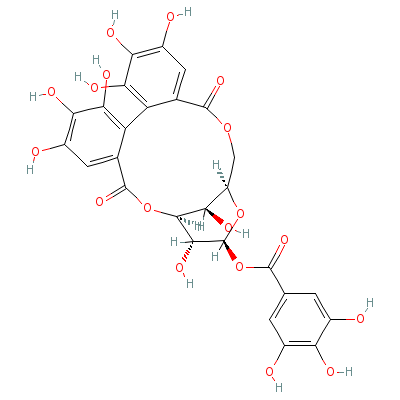
|
| Thiamin |
59-43-8 |
2-[3-[(4-amino-2-met
hyl-pyrimidin-5-yl)m
ethyl]-4-methyl-1-th
ia-3-azoni
acyclope
nta-2,4-dien-5-yl]et
hanol |
C12H17N4OS+ |

|
| Catechin |
5323-80-8 |
2-(3,4-dihydroxyphen
yl)chroman-3,5,7-tri
ol |
C15H14O6 |

|
| P-coumaric acid |
501-98-4 |
3-(4-hydroxyphenyl)p
rop-2-enoic acid |
C9H8O3 |
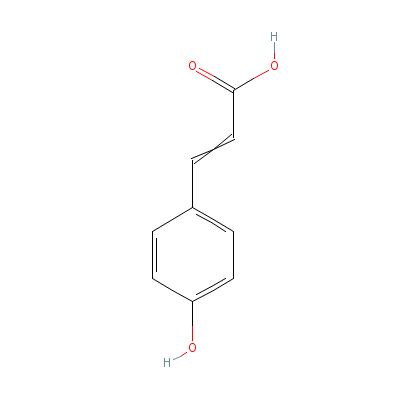
|
| Salicylic acid |
8052-31-1 |
2-hydroxybenzoic
acid |
C7H6O3 |
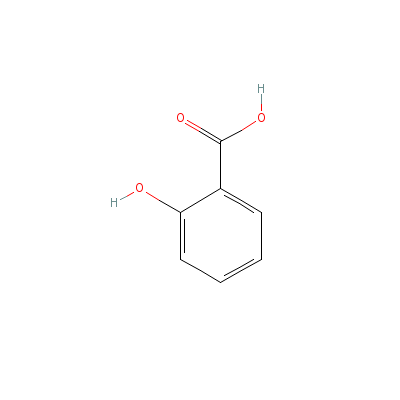
|
| Cyanidin |
87725-42-6 |
[2-(3,4-dihydroxyphe
nyl)-3,7-dihydroxy-c
hromen-5-ylidene]oxo
nium |
C15H11O6+ |
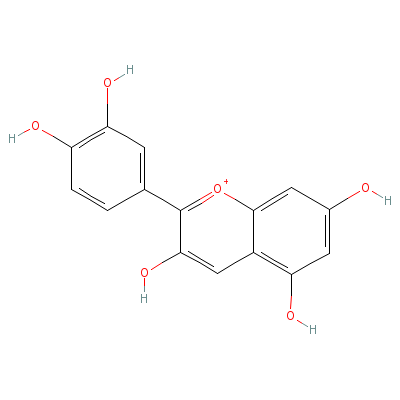
|
|
Pharmacology
| Medicinal Use |
 |
|
Pain relief, arthritis, calluses, convalescence, diarrhea, dysmenorrhea, fever, headache, malaria, pain, respiratory ailments, rheumatism, skin ailments, throat ailments, warts |
| Contraindication |
 |
|
If taking blood-thinning medications such as Coumadin (warfarin), heparin, Plavix (clopidogrel), Ticlid (ticlopidine), Trental (pentoxifylline), or aspirin; methotrexate; metoclopramide; Dilantin (phenytoin); sulfonamide drugs; spironolactone and other potassium-sparing diuretics; or the antiseizure drug valproic acid: It may be wise to avoid combining white willow with these substances. |
| Reference |
 |
|
 Grieve M. A Modern Herbal. 1931 (www.botanical.com). Grieve M. A Modern Herbal. 1931 (www.botanical.com).
Johnson Timothy. CRC Ethnobotany Desk Reference (www.herbweb.com/herbage).
Phytochemical Database. USDA - ARS - NGRL. Beltsville Agricultural Research Center. Beltsville. Maryland. |
Dealers
Products
|
|